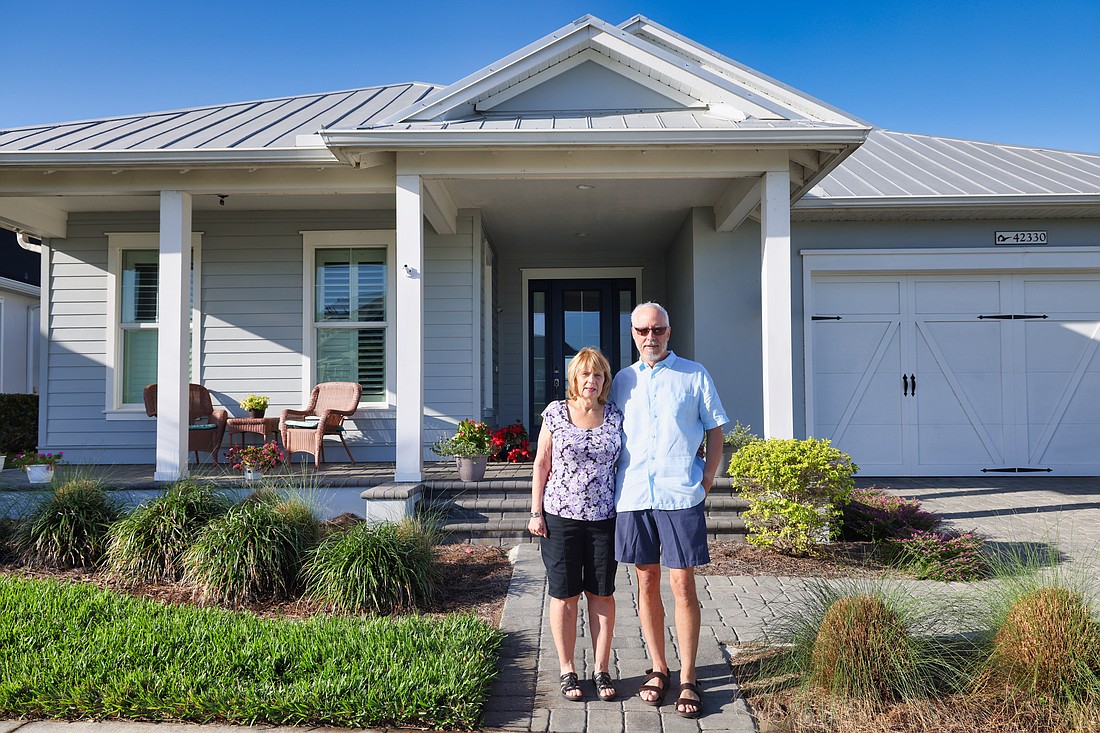- July 26, 2024
-
-
Loading

Loading

Richard Kinley first heard about Babcock Ranch sometime in 2006 or 2007.
He was working as a technical field engineer in Atlanta for the medical device maker Medtronic at the time. Technology was a big deal for Kinley, he followed what was going on in that world, subscribing to feeds to keep up with the latest advancements and trends. In 2013, he bought a Tesla when most everyone thought you had to be a little crazy to own an electric vehicle.